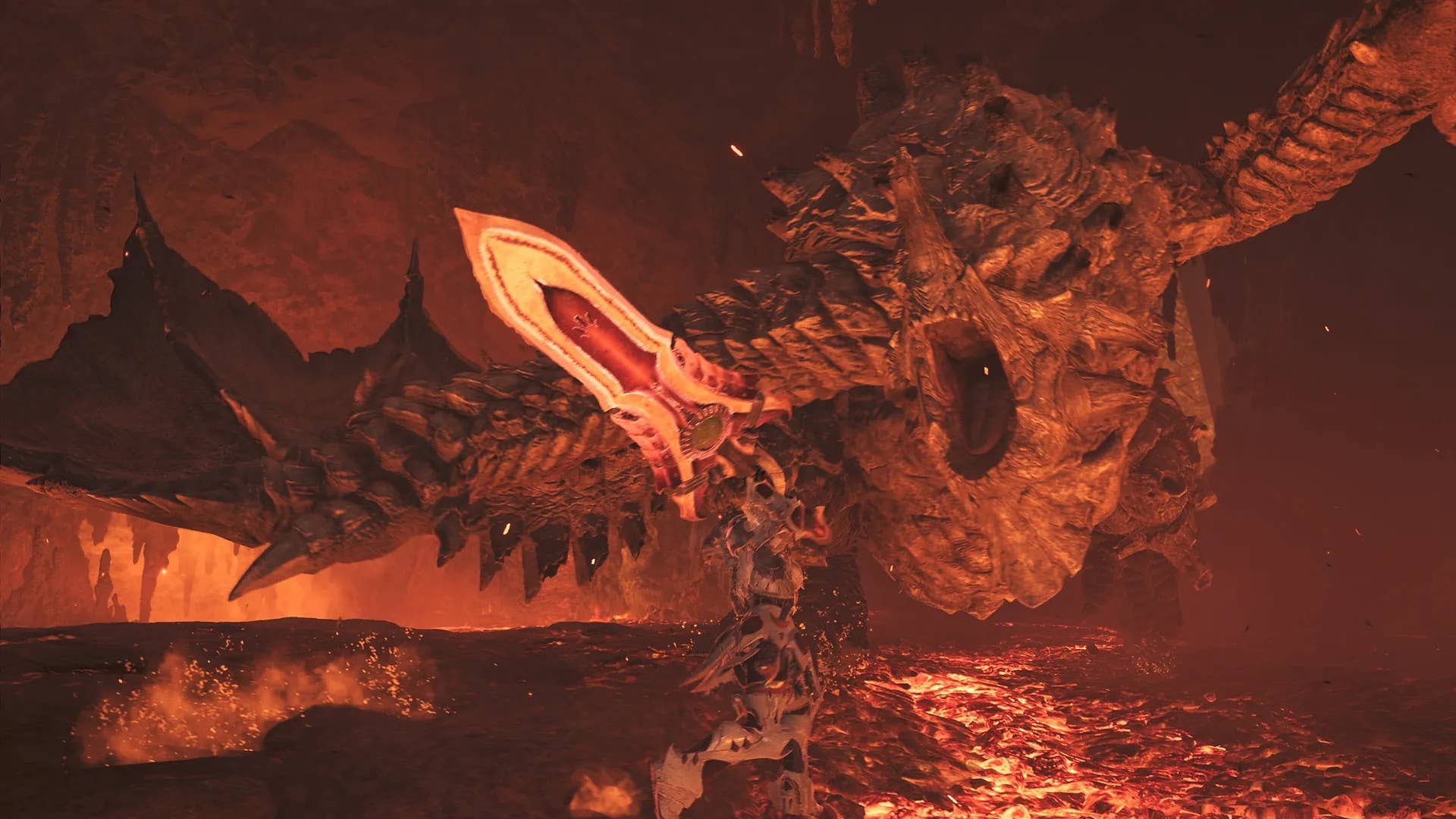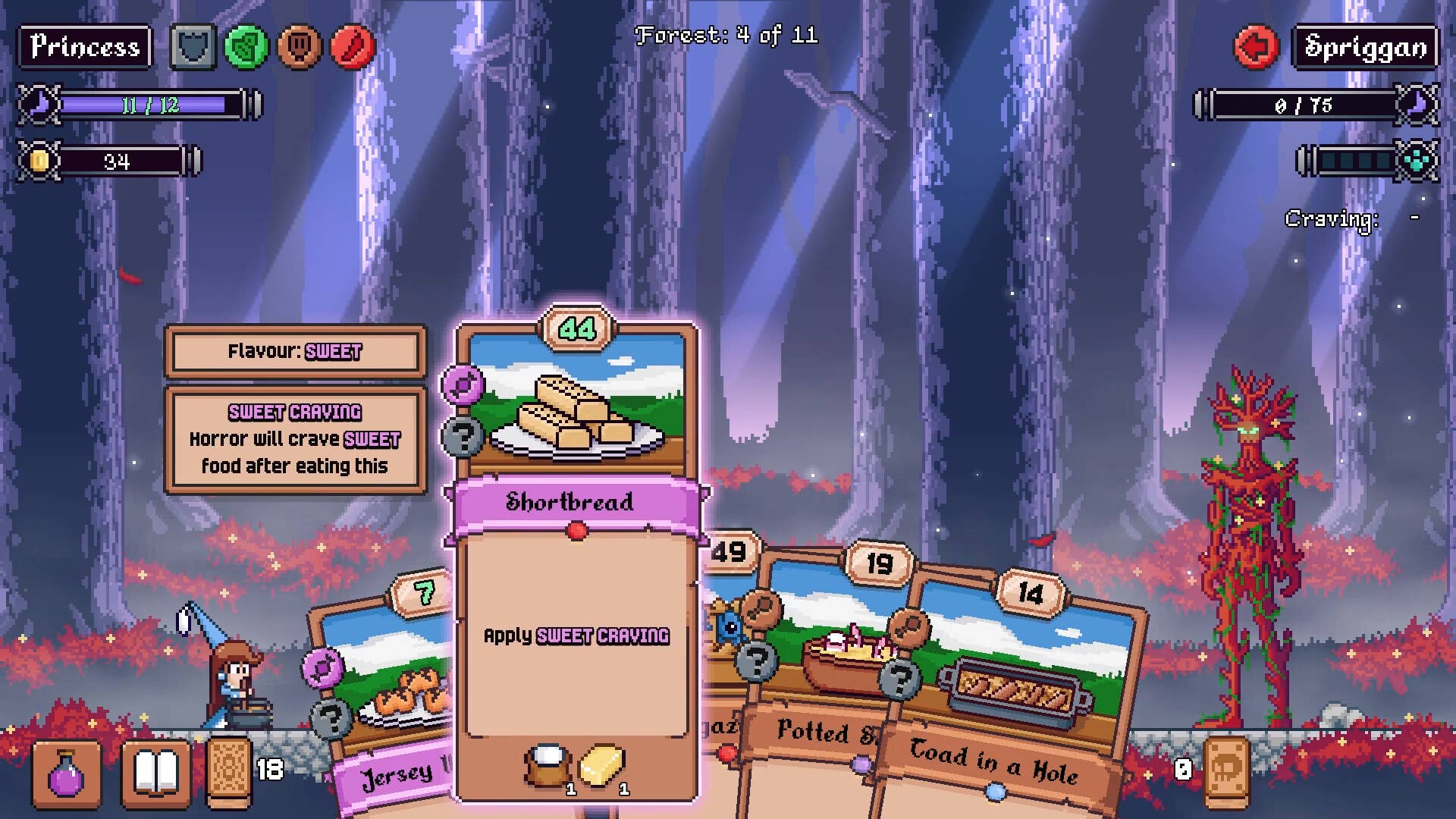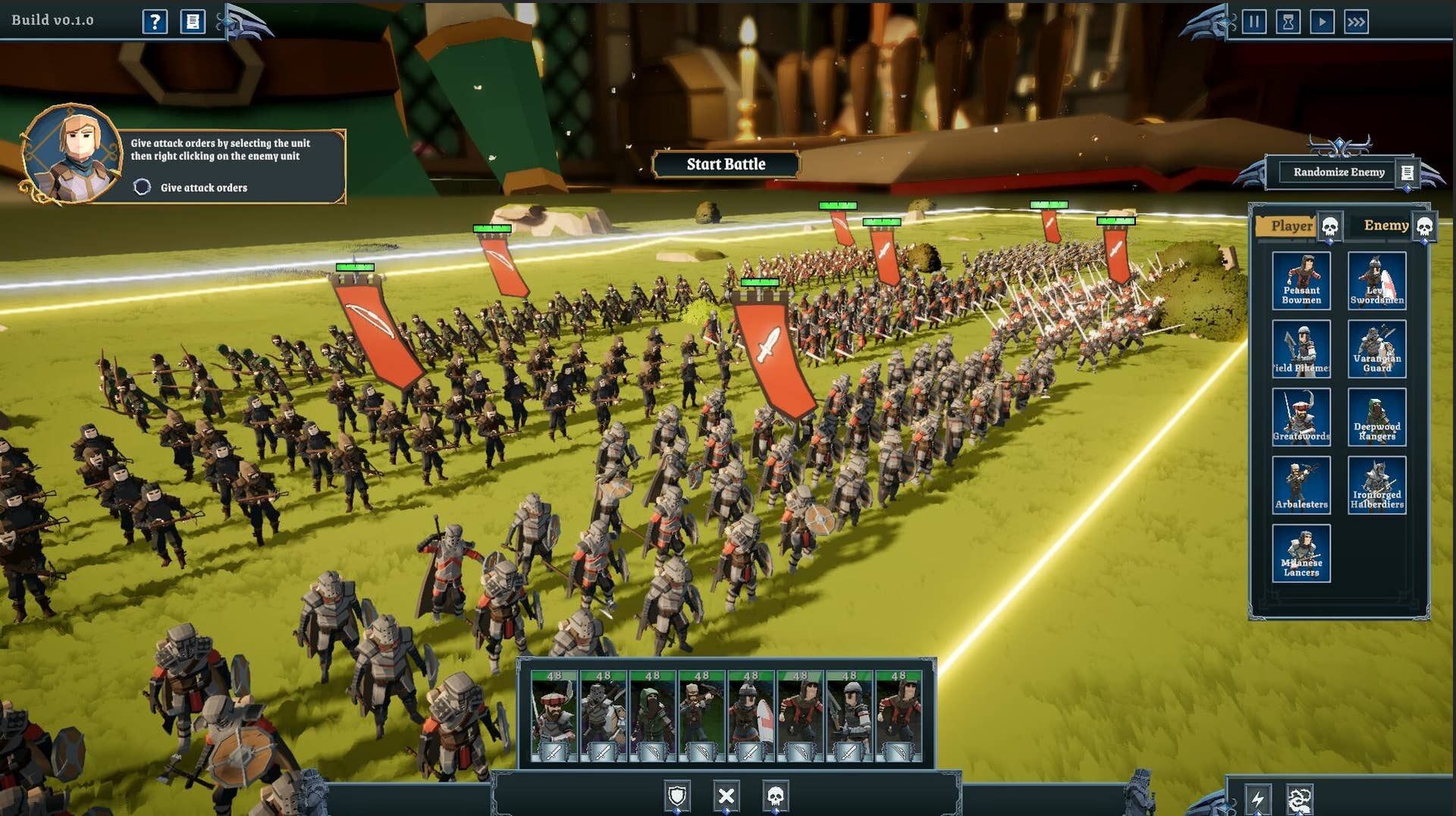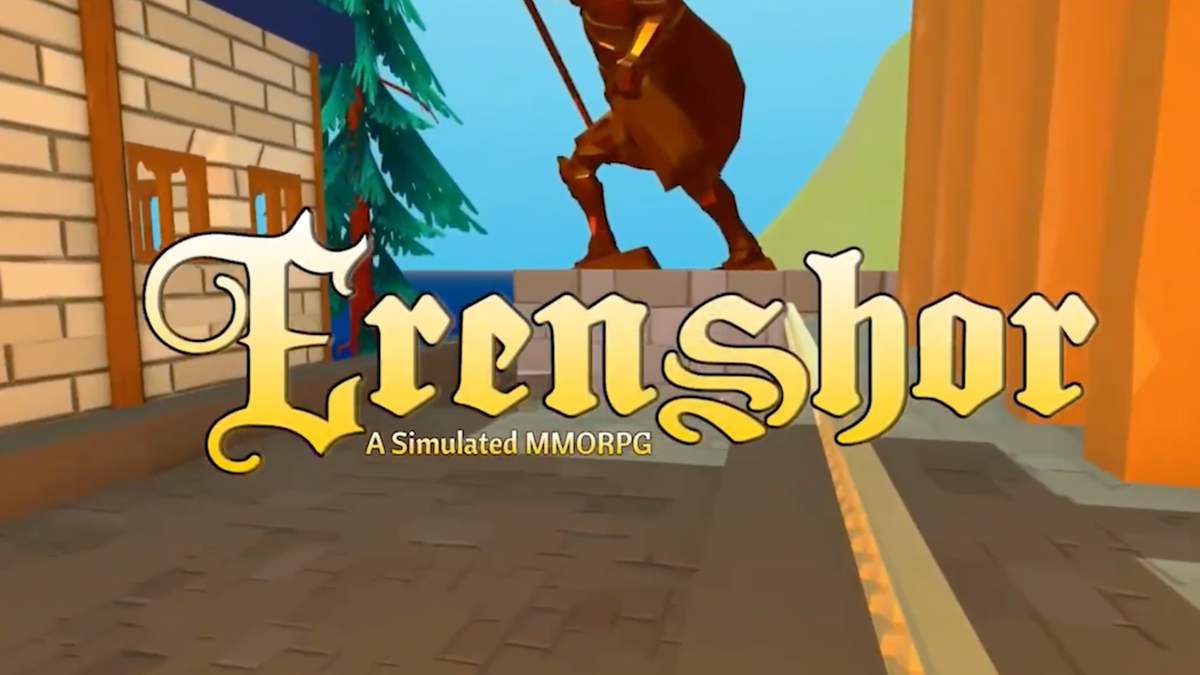Did Colossal Biosciences actually bring dire wolves back from extinction? Scientists say it depends
According to the Center for Biological Diversity, climate change is projected to cause the extinction of over a third of the species of plants and animals in the world in 25 years. But scientists at genetics laboratory Colossal Biosciences are claiming that they may have a solution—one that has now resulted in the birth of the first dire wolves in over 10,000 years. Colossal’s website proclaims the lab to be the world’s only company working on “de-extinction,” which it defines as “the process of generating an organism that both resembles and is genetically similar to an extinct species by resurrecting its lost lineage of core genes; engineering natural resistances; and enhancing adaptability that will allow it to thrive in today’s environment of climate change, dwindling resources, disease and human interference.” Breakthroughs have seemed promising so far. In March, it introduced the world to the first ever woolly mice, a stepping stone to the larger goal of eventually bringing back the woolly mammoth. Now, Colossal has announced that it’s brought back the dire wolf. Male dire wolf pups Romulus and Remus were born six months ago and were followed by female pup Khaleesi three months later. A statement from Colossal CEO Ben Lamm explained that scientists at Colossal began the process of reconstructing the species by analyzing the “DNA from a 13,000 year old tooth and a 72,000 year old skull.” Comparing the dire wolf DNA to the DNA of its cousin, the grey wolf, the scientists pinpointed 20 differences in 14 genes that caused what they determined to be the most distinguishing features. And by manipulating DNA in the nuclei of endothelial progenitor cells (EPCs) from grey wolves using CRISPR technology, they could cause the pups to express traits such as a white coat or a larger and stronger body, or change the sound of their howl. The scientists then extracted the edited nuclei and inserted them into denucleated grey wolf egg cells. Those egg cells were then placed in the wombs of a couple of dogs, eventually leading to the births of Romulus, Remus, and later, Khaleesi. At six months old, Romulus and Remus are already four feet long and 80 lbs and have the potential to reach six feet long and 150 lbs. That is around 50 lbs heavier than the average male grey wolf. All three pups are a bright, snowy white. Romulus and Remus at age one month. [Photo: Colossal] But while the pups certainly look the part, many are skeptical about whether the dire wolf has actually been resurrected. A research paper on the lineage of dire wolves published in the leading science journal Nature states that “dire wolves were a highly divergent lineage that split from living canids around 5.7 million years ago.” In other words, the last common ancestor between grey wolves and dire wolves lived around 5.7 million years ago. To put that in context, humans were thought to have evolved only around 315,000 years ago. In fact, the researchers found that grey wolves were more genetically similar to African wild dogs than they were to dire wolves. The paper mentions that one hypothesis for why the two species seem to have similar features is not based on actual genetic similarity, but convergent evolution, a process where species that are not closely related to each other evolve similar traits to respond to similar ecological pressures. This is the same reason why sharks, a type of fish, and dolphins, which are mammals, evolved to have similar body shapes. Beth Shapiro, chief scientific officer at Colossal, said in an interview with NewScientist that grey wolves and dire wolves share 99.5% of their DNA. However, in the context of the grey wolf genome having over 2.4 billion base pairs, that 0.5% difference actually suggests a difference of over 12 million base pairs. Can Colossal really argue, then, that it brought back the dire wolf species with only 20 modifications? In fact, Shapiro argued, how we define species is quite arbitrary. “Species concepts are human classification systems, and everybody can disagree and everyone can be right . . . We are using the morphological species concept and saying, ‘if they look like this animal, then they are the animal.'”

According to the Center for Biological Diversity, climate change is projected to cause the extinction of over a third of the species of plants and animals in the world in 25 years. But scientists at genetics laboratory Colossal Biosciences are claiming that they may have a solution—one that has now resulted in the birth of the first dire wolves in over 10,000 years.
Colossal’s website proclaims the lab to be the world’s only company working on “de-extinction,” which it defines as “the process of generating an organism that both resembles and is genetically similar to an extinct species by resurrecting its lost lineage of core genes; engineering natural resistances; and enhancing adaptability that will allow it to thrive in today’s environment of climate change, dwindling resources, disease and human interference.”
Breakthroughs have seemed promising so far. In March, it introduced the world to the first ever woolly mice, a stepping stone to the larger goal of eventually bringing back the woolly mammoth. Now, Colossal has announced that it’s brought back the dire wolf. Male dire wolf pups Romulus and Remus were born six months ago and were followed by female pup Khaleesi three months later.
A statement from Colossal CEO Ben Lamm explained that scientists at Colossal began the process of reconstructing the species by analyzing the “DNA from a 13,000 year old tooth and a 72,000 year old skull.” Comparing the dire wolf DNA to the DNA of its cousin, the grey wolf, the scientists pinpointed 20 differences in 14 genes that caused what they determined to be the most distinguishing features. And by manipulating DNA in the nuclei of endothelial progenitor cells (EPCs) from grey wolves using CRISPR technology, they could cause the pups to express traits such as a white coat or a larger and stronger body, or change the sound of their howl.
The scientists then extracted the edited nuclei and inserted them into denucleated grey wolf egg cells. Those egg cells were then placed in the wombs of a couple of dogs, eventually leading to the births of Romulus, Remus, and later, Khaleesi.
At six months old, Romulus and Remus are already four feet long and 80 lbs and have the potential to reach six feet long and 150 lbs. That is around 50 lbs heavier than the average male grey wolf. All three pups are a bright, snowy white.

But while the pups certainly look the part, many are skeptical about whether the dire wolf has actually been resurrected.
A research paper on the lineage of dire wolves published in the leading science journal Nature states that “dire wolves were a highly divergent lineage that split from living canids around 5.7 million years ago.” In other words, the last common ancestor between grey wolves and dire wolves lived around 5.7 million years ago. To put that in context, humans were thought to have evolved only around 315,000 years ago. In fact, the researchers found that grey wolves were more genetically similar to African wild dogs than they were to dire wolves.
The paper mentions that one hypothesis for why the two species seem to have similar features is not based on actual genetic similarity, but convergent evolution, a process where species that are not closely related to each other evolve similar traits to respond to similar ecological pressures. This is the same reason why sharks, a type of fish, and dolphins, which are mammals, evolved to have similar body shapes.
Beth Shapiro, chief scientific officer at Colossal, said in an interview with NewScientist that grey wolves and dire wolves share 99.5% of their DNA. However, in the context of the grey wolf genome having over 2.4 billion base pairs, that 0.5% difference actually suggests a difference of over 12 million base pairs. Can Colossal really argue, then, that it brought back the dire wolf species with only 20 modifications?
In fact, Shapiro argued, how we define species is quite arbitrary. “Species concepts are human classification systems, and everybody can disagree and everyone can be right . . . We are using the morphological species concept and saying, ‘if they look like this animal, then they are the animal.'”


















































.jpg)





















































































































![[The AI Show Episode 144]: ChatGPT’s New Memory, Shopify CEO’s Leaked “AI First” Memo, Google Cloud Next Releases, o3 and o4-mini Coming Soon & Llama 4’s Rocky Launch](https://www.marketingaiinstitute.com/hubfs/ep%20144%20cover.png)







































































































































































































![GrandChase tier list of the best characters available [April 2025]](https://media.pocketgamer.com/artwork/na-33057-1637756796/grandchase-ios-android-3rd-anniversary.jpg?#)
















































































































































































![Apple M4 13-inch iPad Pro On Sale for $200 Off [Deal]](https://www.iclarified.com/images/news/97056/97056/97056-640.jpg)
![Apple Shares New 'Mac Does That' Ads for MacBook Pro [Video]](https://www.iclarified.com/images/news/97055/97055/97055-640.jpg)




































































































































